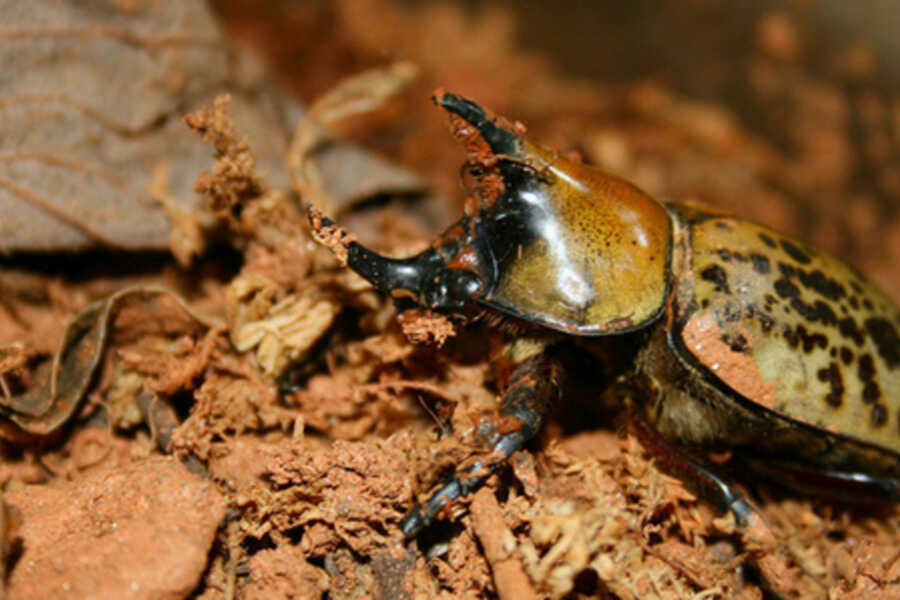To detect and display information about the humidity in the building the Hercules beetle will be used as a source of inspiration. This particular beetle changes from green to black with increasing humidity using thin interference by reversible modification of layer thickness. So in the building some walls can be equipped with this skin, and will show in a natural way the change of humidity by changing of color.
To detect and control temperature automatically we are inspired by the internal thermostat of the skunk cabbage. This plant regulates temperature following a mathematical algorithm, dubbed the “ Zazen attracter”.
To detect activity in the building an infrared sensor can be used. This already used system in originally inspired by the motion sensor of a rattlesnake. If this sensor is connected with the lights system of the building, it can result in a more energy efficient lighting system. The lights will go off if there is nobody in the room.
Consumption in the building.
The water and energy consumption of the building is supplied by the water and energy group. And this will send to the energy and water managements.
Transferring system.
We need to build a computer management system, like a cloud, and this stores and updates information of each classroom, the location of teachers and the location of certain important spaces to this cloud. In each room we therefore need an input system, which can be edited by the students.
Deliver information.
To deliver the information there are several options. Of course a big screen with a touch function is a possibility and will suit for now.


